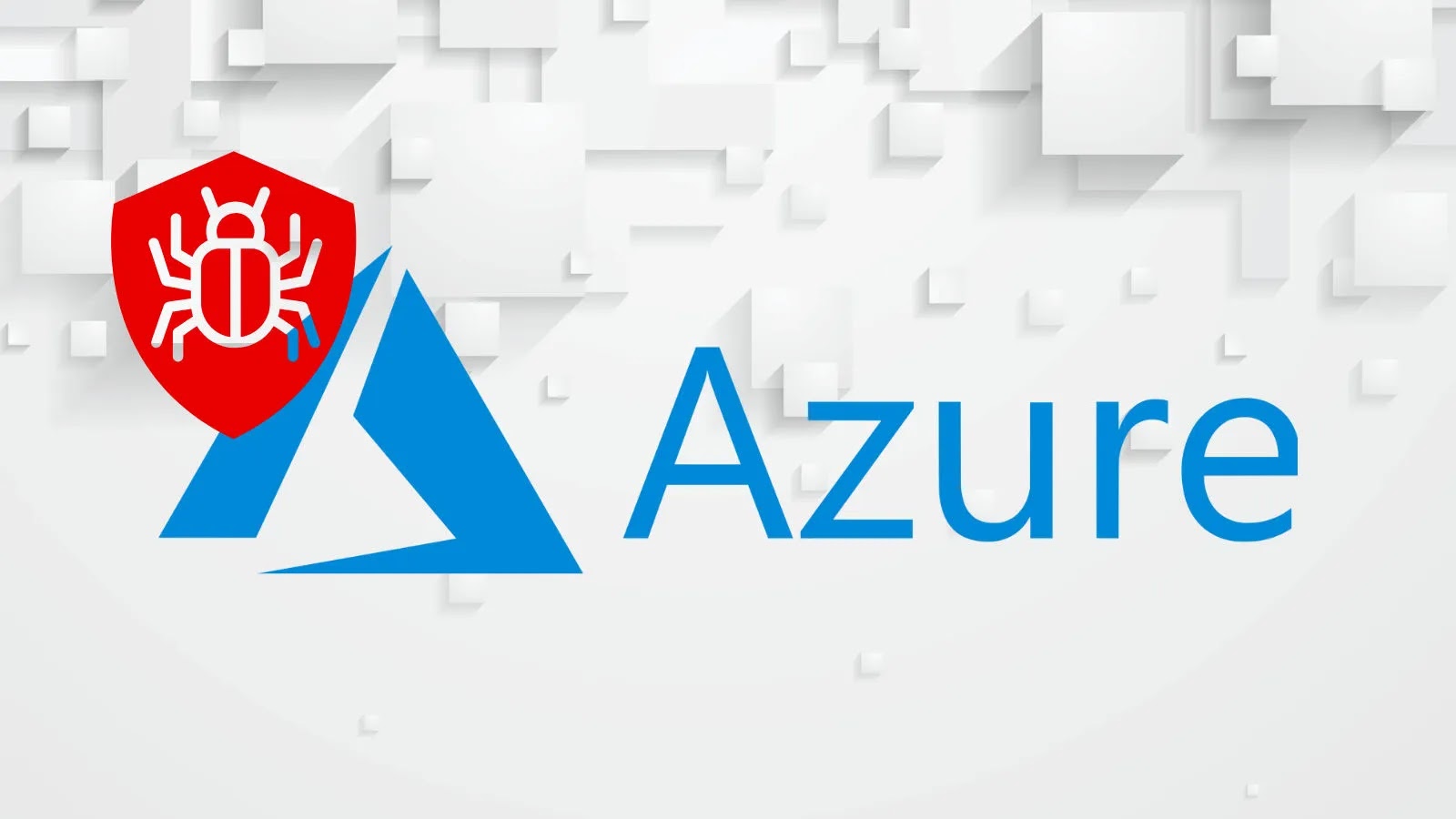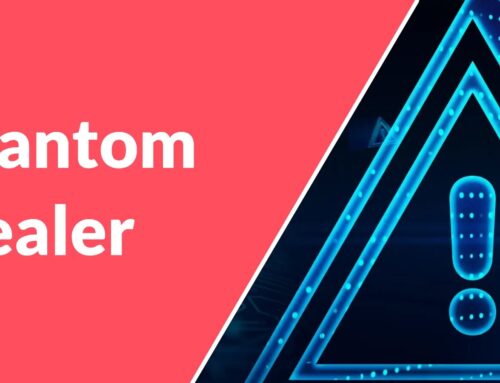
New Malware Using Azure Functions For Hosting Command And Control Infrastructure
A New Frontier for Adversaries: Malware Hides in Azure Functions
The cybersecurity landscape is constantly shifting, with threat actors continually innovating to evade detection. A recent and concerning development involves a sophisticated new malware campaign that leverages Microsoft’s Azure Functions for its Command and Control (C2) infrastructure. This novel technique poses significant challenges for defenders, making it harder to detect and dismantle these malicious operations.
Reported by Dmpdump and initially identified from a file uploaded to VirusTotal on August 28, 2025, originating from Malaysia, this malware employs a multi-stage infection process. The use of serverless architecture like Azure Functions by adversaries marks a critical evolution in attack methodologies, demanding immediate attention from security professionals and developers alike.
Understanding Azure Functions and Their Abuse
Azure Functions are a serverless compute service that enables developers to run event-driven code without managing underlying infrastructure. They are highly scalable, cost-effective, and deeply integrated with other Azure services. This legitimate functionality, designed for rapid application development and deployment, is precisely what makes them attractive to threat actors.
- Legitimacy & Trust: Traffic to and from Azure Functions often blends in with legitimate cloud traffic, making it difficult for traditional network defenses to flag as malicious.
- Evasion: The serverless nature allows attackers to dynamically spin up and tear down C2 infrastructure, complicating static analysis and takedown efforts. IP addresses can change frequently, and the C2 server itself doesn’t reside on a persistently owned server.
- Obfuscation: The inherent design of cloud services can obscure the true origin and nature of the C2 communication, adding another layer of difficulty for incident responders.
The Multi-Stage Infection Process: A Deeper Dive
While the full specifics of the multi-stage infection process are still under analysis, the initial reports indicate the involvement of DLLs. This suggests a common attack chain where an initial compromise, perhaps via a phishing email or a vulnerable application, leads to the execution of a malicious DLL. This DLL then likely communicates with Azure Functions to fetch further instructions, additional malicious payloads, or exfiltrate data.
The August 28, 2025 date for the initial VirusTotal upload is notable, highlighting the proactive identification of this threat. The geographical origin from Malaysia could provide clues for geopolitical analysis, though threat actor attribution is a complex and often misleading endeavor.
Challenges in Detection and Takedown
The shift to cloud-based C2 infrastructure, particularly using serverless services like Azure Functions, introduces several detection and takedown hurdles:
- Network Anomaly Detection: Traditional signature-based detection for C2 traffic struggles when the C2 endpoint is a legitimate cloud service with a constantly changing IP address. Behavioral analytics become paramount.
- Endpoint Detection and Response (EDR): EDR solutions must enhance their capabilities to identify unusual process behavior and network connections originating from within an organization’s endpoints that communicate with Azure Functions in suspicious patterns.
- Cloud Security Posture Management (CSPM): Organizations need robust CSPM tools to actively monitor their Azure environments for misconfigurations or unauthorized deployments that could be exploited.
- Collaboration with Cloud Providers: Takedown efforts require close collaboration with Microsoft Azure. Identifying and reporting malicious Azure Functions promptly is crucial, but requires robust forensic evidence.
Remediation Actions and Proactive Defense
Organizations must adapt their cybersecurity strategies to counter this evolving threat. Here are actionable recommendations:
- Enhanced Network Monitoring: Implement advanced network traffic analysis with a focus on outbound connections to cloud services. Look for unusual volumes, protocols, or destinations for traffic directed at Azure Functions from internal systems.
- Robust Endpoint Security: Ensure EDR solutions are up-to-date and configured to detect anomalous process execution, DLL injection, and suspicious network connections.
- Azure Security Best Practices: Adhere strictly to Microsoft’s Azure security best practices. Implement strong access controls, utilize Azure Security Center recommendations, and actively monitor Azure Activity Logs for unauthorized resource creation or modification.
- Zero Trust Principles: Apply Zero Trust principles, ensuring all connections, even to cloud services, are authenticated and authorized, minimizing the blast radius of any compromise.
- Threat Intelligence Integration: Continuously integrate up-to-date threat intelligence feeds that highlight new C2 techniques and indicators of compromise (IOCs) related to cloud service abuse.
- Employee Training: Reinforce strong phishing awareness training, as initial access often still relies on social engineering.
- Regular Security Audits: Conduct regular security audits of cloud environments to identify and rectify potential vulnerabilities before they can be exploited.
The Road Ahead: Securing Cloud-Native Environments
The emergence of malware leveraging Azure Functions for C2 infrastructure is a stark reminder that adversaries will always seek the path of least resistance and greatest anonymity. As organizations increasingly adopt serverless and cloud-native architectures, so too will threat actors adapt their tactics. Securing these dynamic environments requires a multi-layered approach, a deep understanding of cloud service intricacies, and a commitment to continuous monitoring and adaptation. Staying ahead means proactively identifying new attack vectors and building resilient defense strategies that encompass both traditional and cloud-specific security controls.





